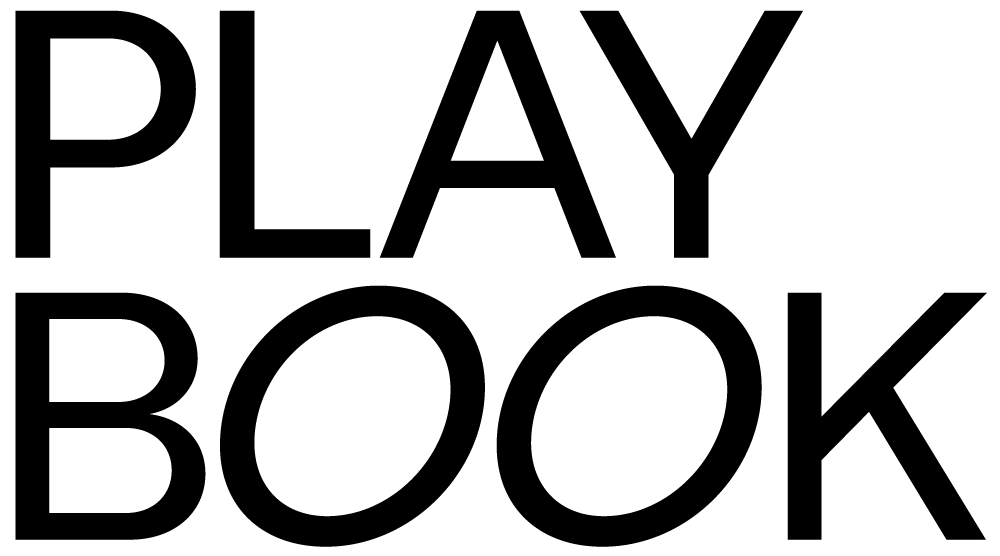Ethan is a London-based American artist who has created a multi-disciplinary studio specializing in painting, sculpture and photography. As a former Bay Area resident, we were able to unravel his story of moving to Europe in search of something new.
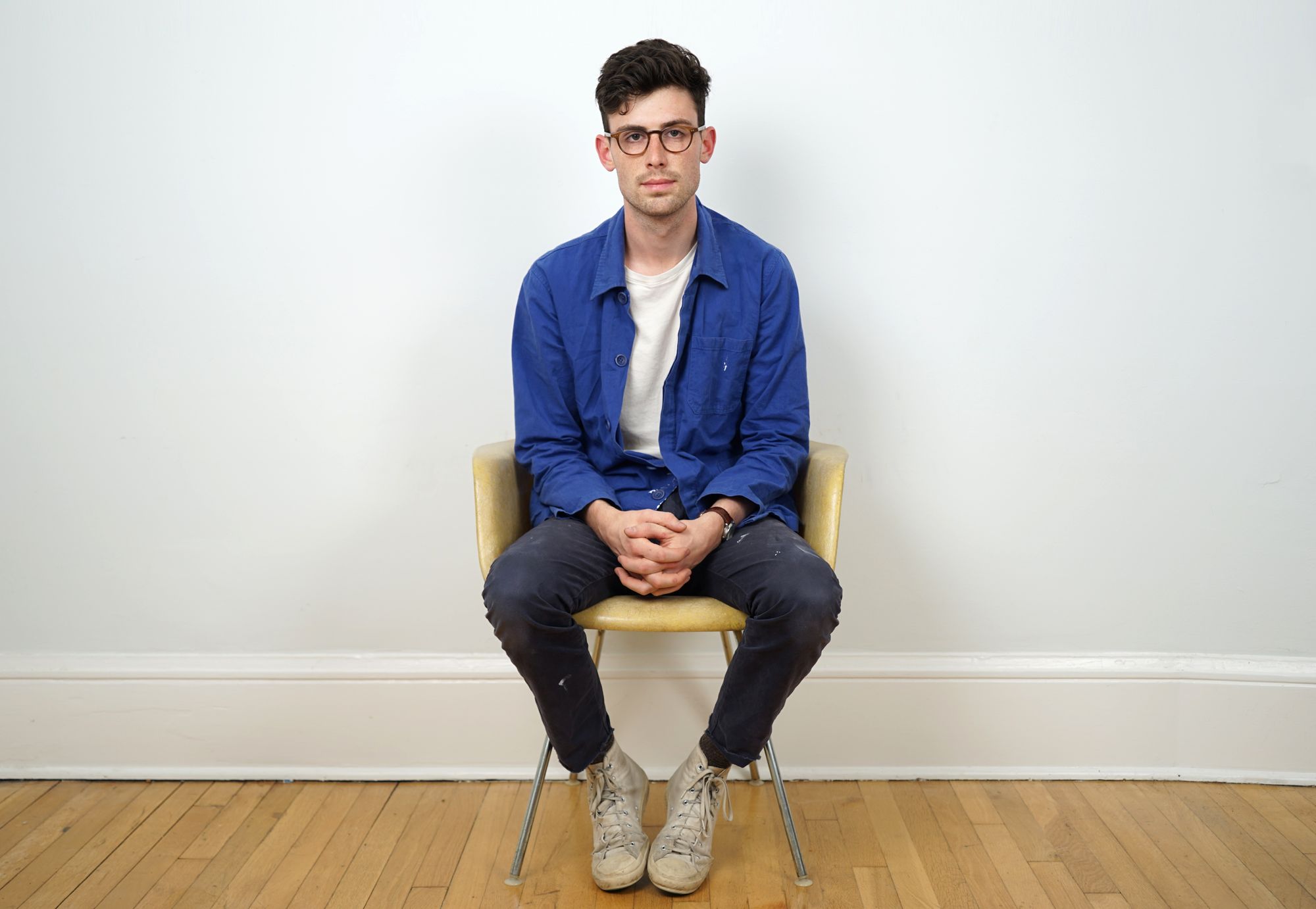
Tell us about your journey from the US to the UK.
I graduated high school early and went to Germany for a little bit to study art. Then I went to art school in the Bay, where I graduated from California College of the Arts in 2015 and stayed in and around the Bay until London called in 2019. The look to move started a year or so earlier than that and was going to be New York, but I got pulled back to work on a movie in San Francisco. That extra time pivoted our decision farther east, back to Europe, which honestly made more sense. I was especially interested in living over here again regardless of it being the harder move. Harder partially because it took me many visits to like London and partially because it was a massive logistical headache. But, I guess, that made it more exciting and now more rewarding.
Where did it all start?
I mean, it’s the classic artist's thing to say that “I've been an artist since I was a kid.” And it's a bit of a cliché to say it, but there is some truth to it. I distinctly remember being in my elementary school and being super stoked to go into the basement where the studio was and make ceramic work, especially. Then, I remember being in middle school and it kind of all clicking for me and being like "Wow, I actually really enjoy doing this more than anything else." So then I started taking it more seriously and started to build a mentorship with the art teachers. They’re at Carl Traeger Middle School and West High in Oshkosh, Wisconsin.
In high school I found home in the ceramic studio, which is my foundation, really. Primarily sculpture and ceramics. I think I'm really fortunate because I went to a public school which was pretty well established in terms of their arts curriculum. I learned Photoshop, Illustrator and InDesign pretty thoroughly, and was constantly working in the darkroom, ceramics, painting, sculpture, and printmaking studios.
Tell us about your Parachute collaboration.
That was great. It was a perfect fit. They’re so materially conscious and we're also both working with linen specifically. I mean, they deal with other fabrics as well, but linen is kind of their bread and butter. So there was obviously a natural pairing for the two of us as linen nerds.
I was still living in the Bay at the time and went down to L.A. and visited them, had a bunch of conversations about how we could work together. It was actually a great pairing, because oftentimes, artists will be a bit constrained by what the partner wants, but they really just said, “dude, do your thing.” I ended up making a two size edition using the same linen they use, as well as a large-scale painting for their San Francisco store.
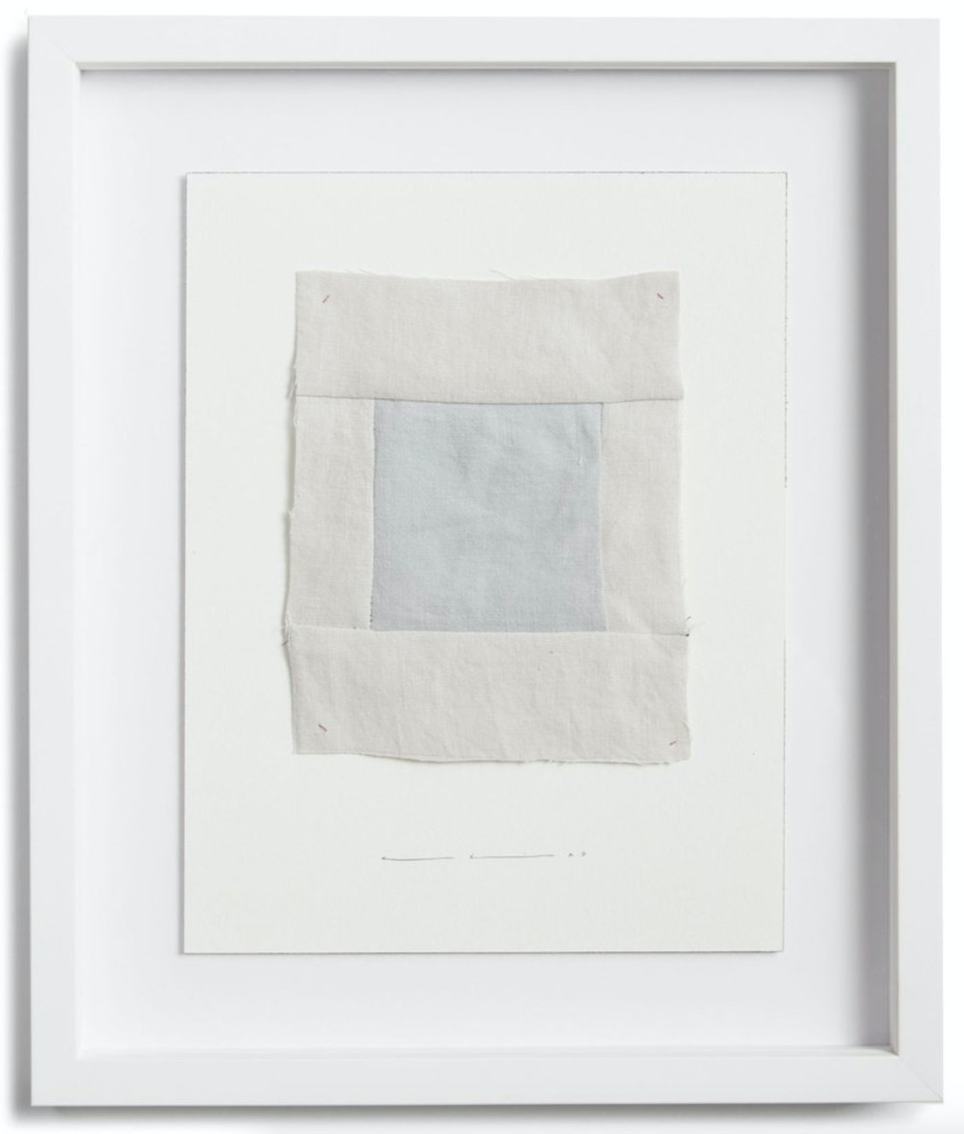
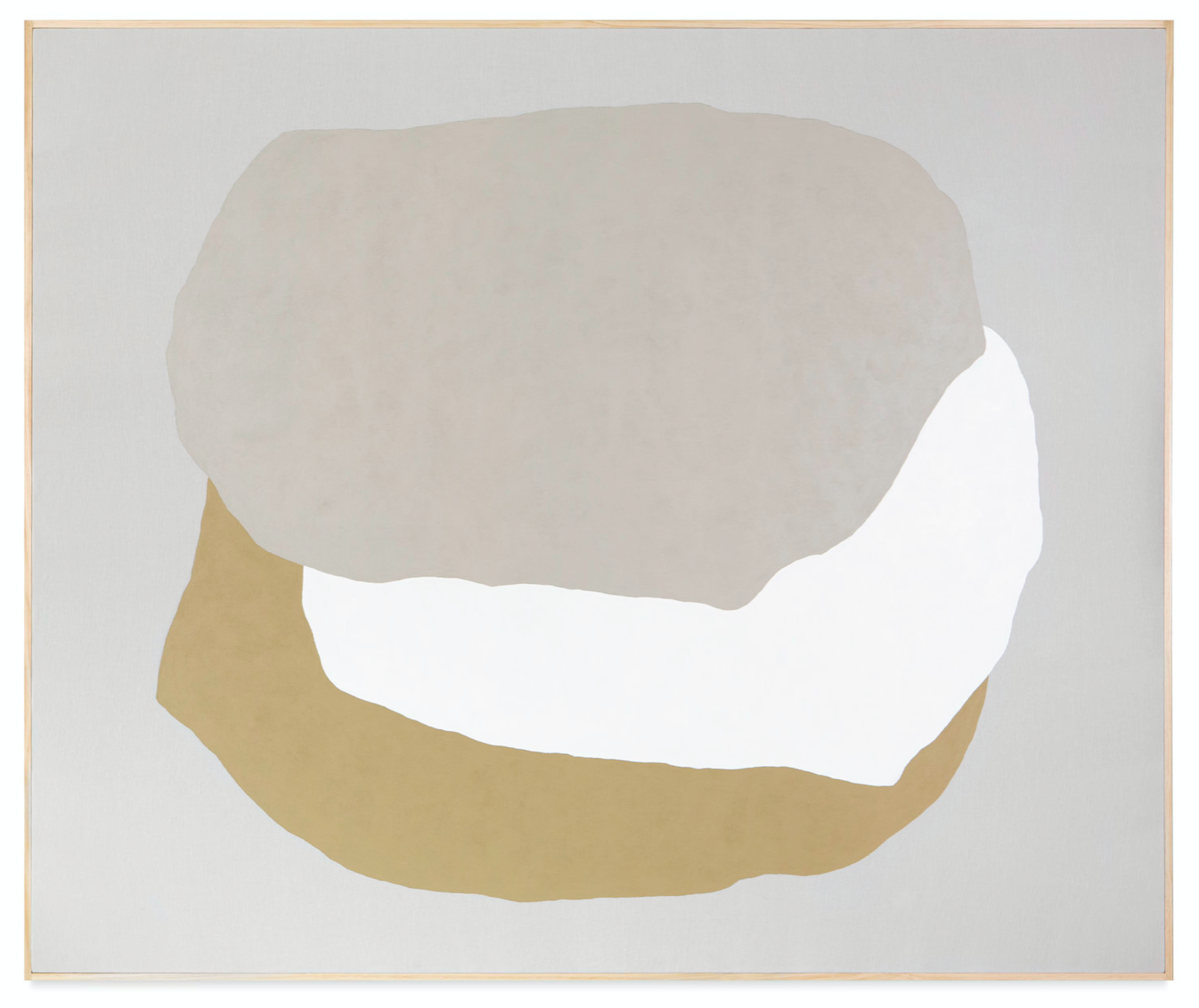
How does your creative process differ with each medium?
Being multi- and inter-disciplinary is really the foundation of my studio. I have a lot of different interests and skills but have primarily been painting throughout my career and it's taken a long time to get comfortable being open to pursue, explore, and show the various facets. Whether it's sculpture, or painting, or photography, there's a lot of self consciousness when exploring or showing something different and it’s easy to fall back onto what’s comfortable. I’ve only recently, in the last year or so, given myself permission to just make work instead of making work that looks like “my work.” That's kind of a bad place to start, to pre-meditatively edit yourself before you even get started.
And I think a lot of artists deal with that actually. Not wanting to shock your collectors or the gallery or general audience and make something that looks nothing like your prior work. So anyway, I’m happy to say I’ve totally embraced my studio practice for what it is, which in and of itself embraces lots of different materials, processes, and forms.

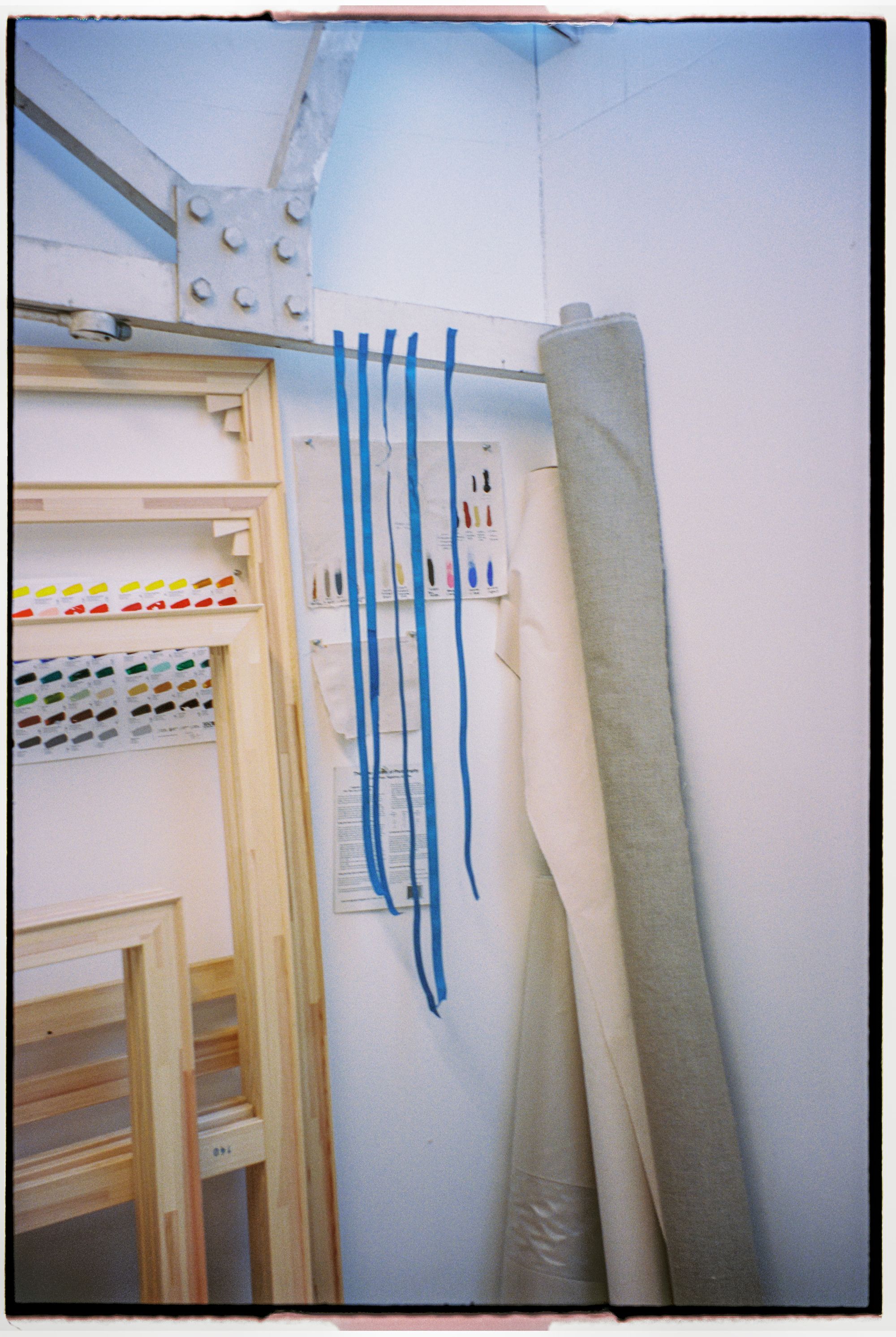

Do you have a favorite medium?
I would not say that I have a favorite, that's kind of asking if you have a favorite kid. You might have a favorite kid, of course, but it depends on the day. Each process and each medium sort of has its own strengths and constraints in terms of getting what visual thing I want to get across. I think a good example is that, generally, photorealistic painting doesn't make any sense to me. To me, it makes more sense to just take the photograph. The impressiveness of being able to draw really well and the simple fact of it being time consuming is not something that is interesting to me. In fact, it generally detracts from what the piece is actually about. I am very conscious about using the appropriate medium for the benefit of the piece, contributing to the concept, material integrity, or general efficiency. That said, for my work, I’m always overlapping themes, concepts, and general motifs within all the work, it's sort of like this organism that's feeding itself. I think that's what makes a healthy studio practice, one that can propel itself and is balanced.
Would you say that your aesthetic that you are known for is something that you've developed over time?
I think that's the thing I've been grappling with, I’ve been a bit resistant to being held down to a ‘signature style.’ If anything, I think I’m trying to contradict that by having a lot of different bodies of work and different series that maintains some through line but might take an extra breath or two to really see that and not give any series or body more attention than the other. I'm backing up my computer right now and I was looking at old work of mine from school in 2011 and 2012, and I can see the development of what I'm working on now. From that work, there are nuggets there that have transpired into what I'm currently doing - looks different but the gist is there, it's very much material forward work that feels respectful.
I had a studio in the ceramics department throughout art school, where I was making ceramic sculpture and paintings on ceramic, but simultaneously I was using raw canvas and linen to make work, even making mixed media steel paintings and sculpture, using blue painters tape as a way to make lines and forms. So the material-first and orderly process is still pretty similar where it's very much additive and not too fussy. It is heavily pre planned and heavily sketched before I even apply my hand to the final piece because I don't want to be too aggressive or editorial. And I think that is pretty prevalent in my early work too, there are slivers of where I am now in the work then for sure.
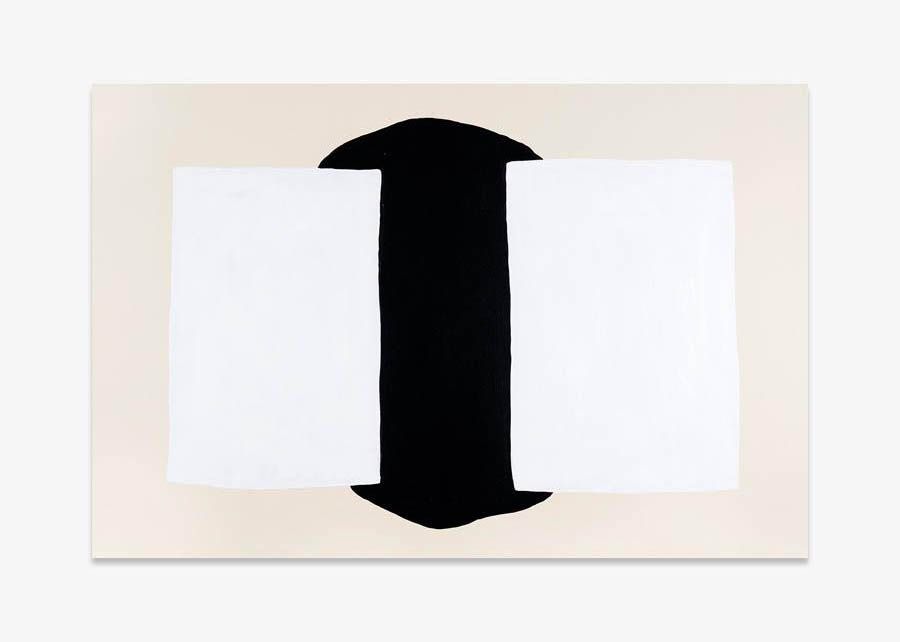
Where do you get your inspiration for your work?
The short answer is I get inspiration from all over the place. It can be being out in public and overhearing just a snippet of what somebody says. I'm really interested in rhythm and repetition and reason. And so yeah, quite a bit comes from just that, from language itself, and also my past work. And just things that I see and need to figure out how to translate within my studio. The figurative work I'm working on now started from just being in a commuting mode and going through tube stations. Being in the tube and this view of walking forward and only seeing the backs of people's heads as we're walking like sheep, the same way, trying to get in or out. And that's really how it started, taking photos of people from behind. Honestly, you can make anything interesting you just need that starting off point. That was it for me, although it took months of making bad work to understand how exactly I wanted to paint the figure.
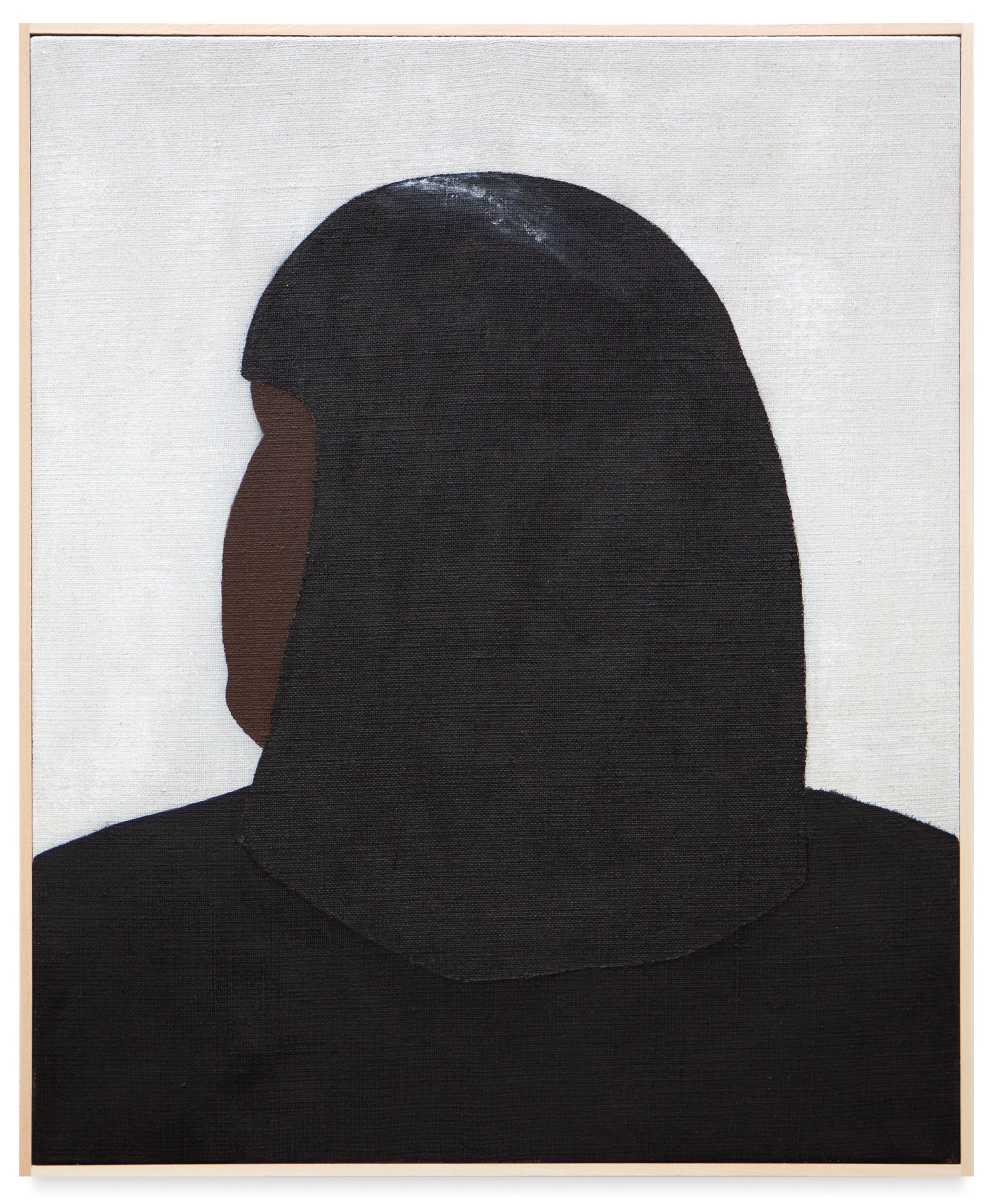
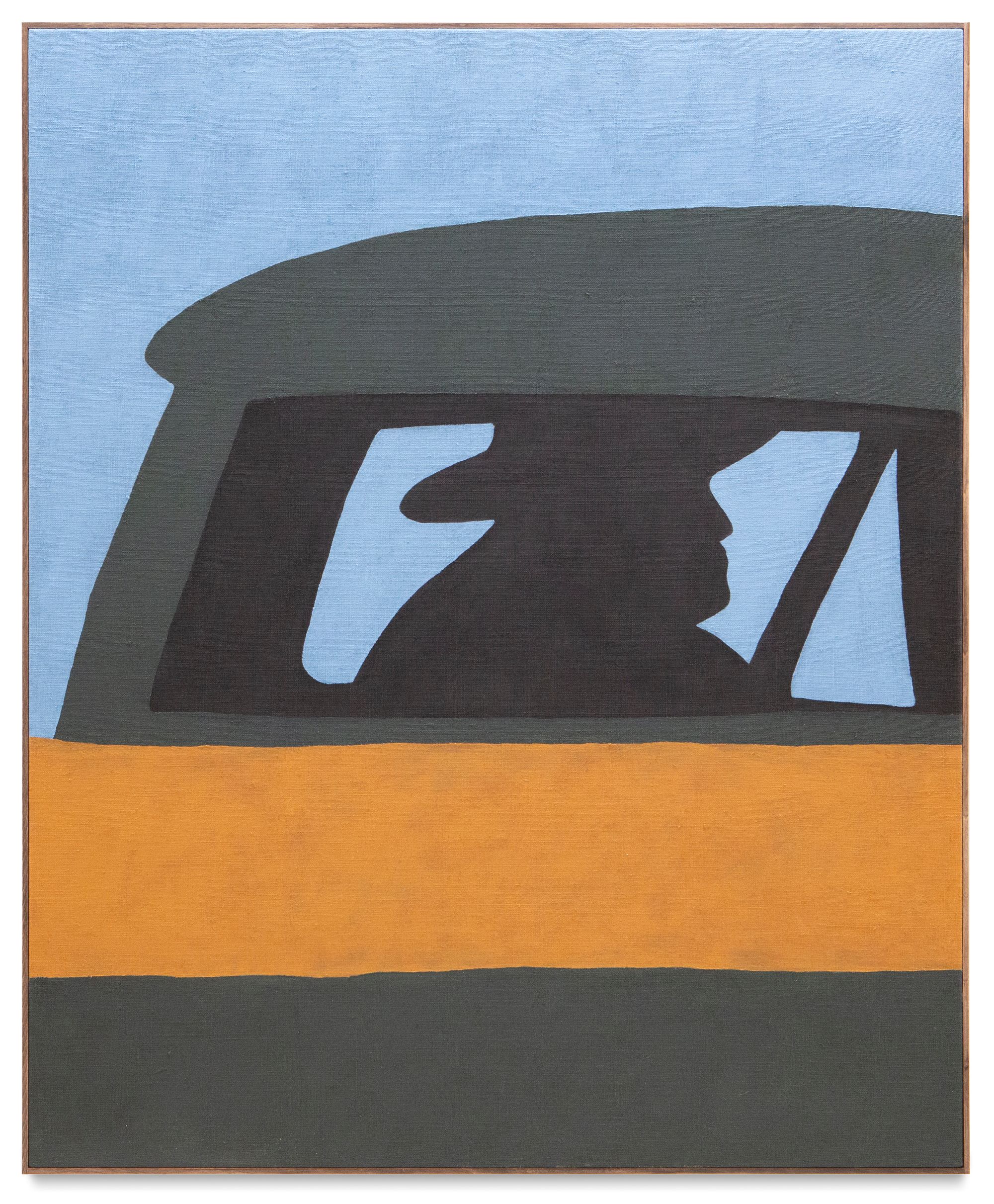
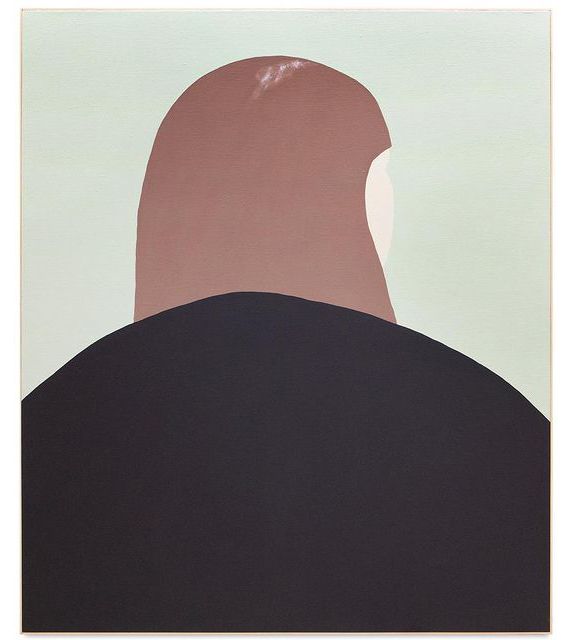
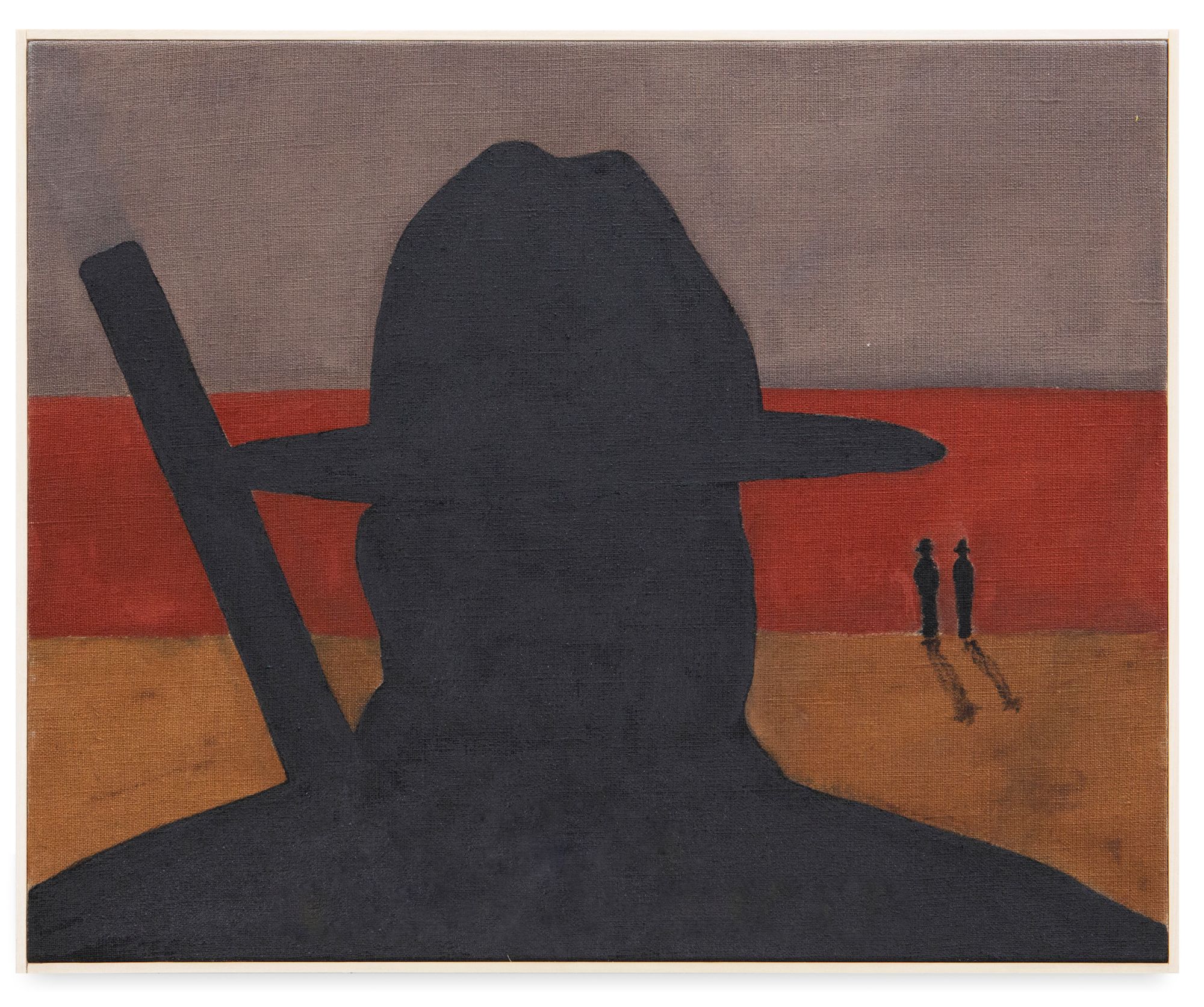
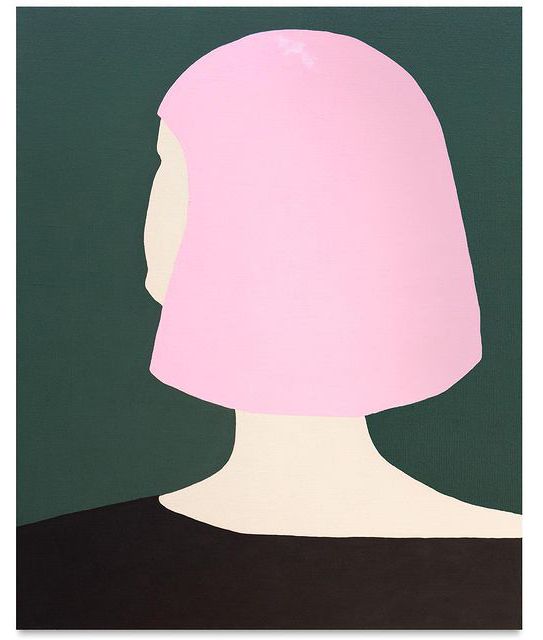
How has the change of scenery affected your work, and what made you move to London?
I had been in the Bay for seven years and at that point, I was 25, or something. And I think spending that amount of time in any place, you start to get a little anxious and you kind of get the bug to move. I was also conscious about not wanting to spoil the gem that the Bay Area is. In the back of my mind, I thought maybe I would move back in the future so I didn't want to leave on a low note so opted to leave when it was still a high.
I think another part of why I wanted to move out was that I felt really comfortable, even content — maybe in the States as a whole, but definitely in California. The education I got in the US is so vastly different to the education that my friends got here in the UK. Here, the training is founded in more traditionalism where I had the complete opposite bauhaus-based conceptual education. So, yes, I was feeling really comfortable in the Bay and wanted to get out of that and transplant myself for the sake of discomfort, newness, and expansion. I think a really healthy part of growth is being in that uncomfortable space for a bit trying to figure out what it is, and how you can take it and make it part of what you're really interested in.
Is there anything you're looking forward to next year?
Yeah, honestly, yeah from the pandemic storm existential crisis, I'm feeling very fortunate in life, really. Since we’re still in it, it’s hard to look very far forward. Fortunately, I’ve been able to work in my studio throughout it all and, surprisingly, I've had a relatively productive year. So would like to maintain whatever momentum and just continue making work.
But actually, the bright side, it’s caused me to healthily slow down. So looking forward to maintaining a generally slower pace. Yeah, I think I'm just excited to like drive around and get outside of London. I haven’t been back to Germany, so maybe I’ll drive there.
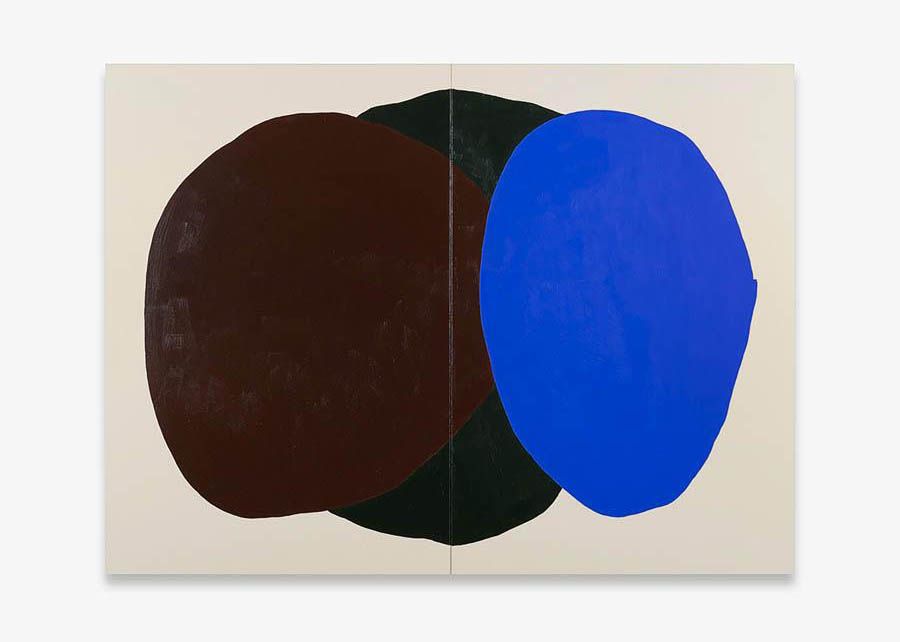
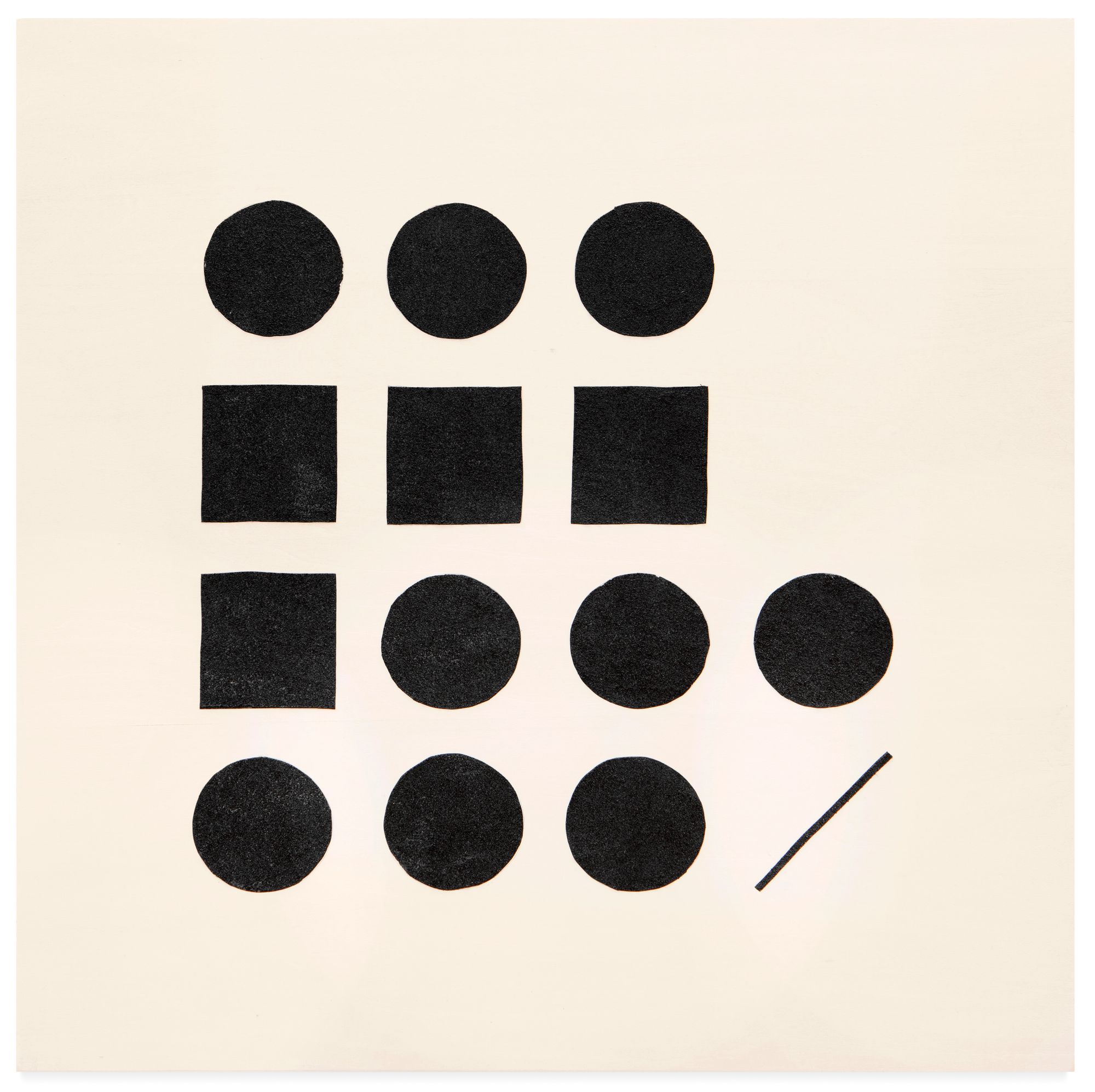
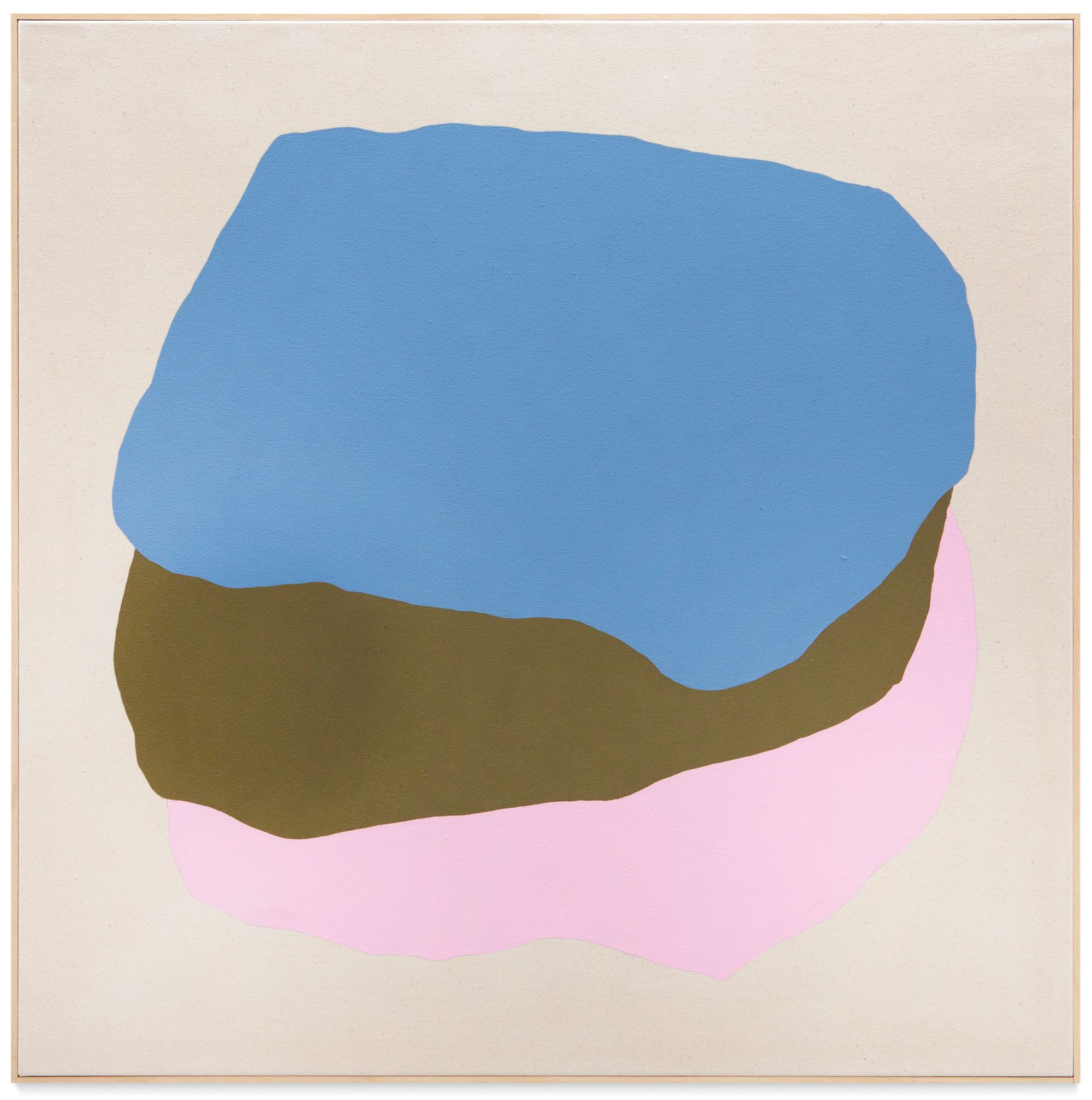
Last question, and I know you said you don't really pick favorites, but do you have a favorite piece?
Yeah, there's a piece I have been working on for a few months. And I rarely ever do that, where I am working and kind of experimenting and figuring it out as I go along. I literally just finished and framed it yesterday. So after that marathon, it’s easy for it to feel like a favorite. And actually, that kind of brings it back to your last question about what I'm excited for next year, it’s working on this current series of “film stills.” And this piece I just finished is pretty complex, and laborious for me. I learned a lot, the fact that I’ve finally figured it out and got it to a place where it's finished, it’s a relief but also a new foundation. And that’s always the best moment where you can breathe again, feels really good.
. . .
Ethan is based in London, UK and has works represented at Tappan Collective. Check out more of his work on his site or follow along on Instagram.
